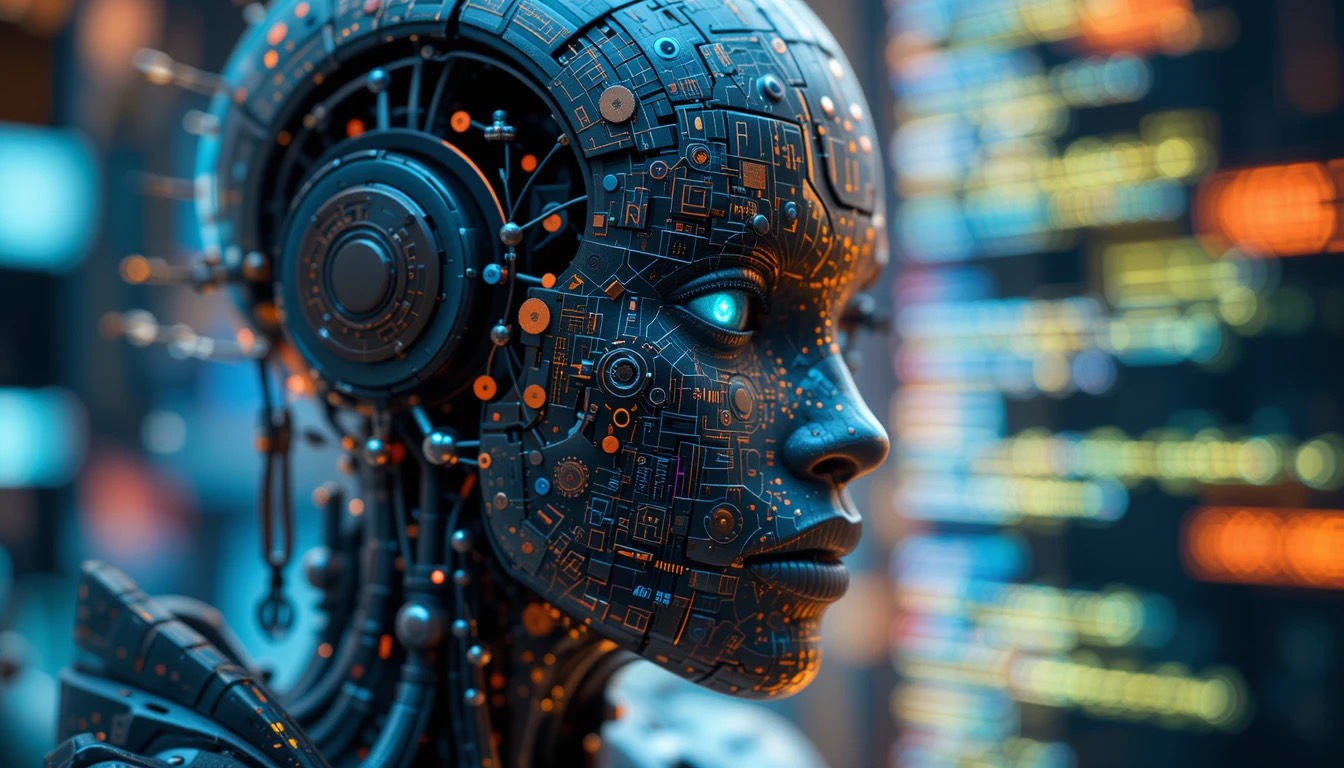A big change is happening in the world of software development. It’s called “vibe-coding.” This means you can just describe an app you want to make in plain English, and an AI will build it for you. This is not just a cool new idea; it’s happening because we need to create new things faster and there aren’t enough people who know how to code.
The market for AI coding tools is growing very fast. It’s expected to be worth over $26 billion by 2030. This is all about making it easier and faster for everyone to make software.
What is Vibe-Coding?
Vibe-coding changes everything. Instead of writing lines of code, you just say what you want to build. The AI takes your “vibe” and turns it into a real, working app.
This is a big deal because it means that people who don’t know how to code can now make their own apps. It also helps people who do know how to code work much faster. It’s believed that by 2025, 70% of all new business apps will be made with these kinds of tools.
Why is it so popular?
- Not Enough Coders: There aren’t enough coders to make all the apps we need. AI tools help more people to be able to code.
- It’s Fast: Companies can make new products much more quickly.
- We Need More Apps: As we use more and more apps, we need faster ways to build them. AI helps do a lot of the work automatically.
The Tools That are Leading the Way
There are a lot of exciting new tools for vibe-coding.
- Google Opal: Google’s new tool lets you build web apps with simple instructions. It has a special editor that shows you how the AI is building your app, so you have more control.
- Lovable: This new company from Sweden became worth over $1 billion in just eight months. It has over 2.3 million users.
- Cursor: This is an AI code editor that is worth $10 billion. It helps coders write and fix code as they are working.
- Other Big Names: Tools like Replit, Canva Code, and Figma Make are also adding AI to their coding and design tools.
What This Means for the Future
Vibe-coding won’t get rid of coders. It will change their jobs. They will be able to let the AI do the boring tasks and focus on bigger, more creative problems.
The best part is that more people can now build things with technology. People with great ideas, like business owners and designers, can now make their ideas a reality without having to be a coding expert. This will lead to a lot of new and exciting inventions.
Of course, there are still some things to figure out. AI-made code is not always perfect, and it can have trouble with very complicated apps. But the technology is getting better every day.
Conclusion
Vibe-coding is here to stay. With big companies like Google getting involved, it’s only going to get more popular. This is more than just a new set of tools; it’s a whole new way of making software.
For anyone who works with technology, now is the time to start learning about these new AI tools.
